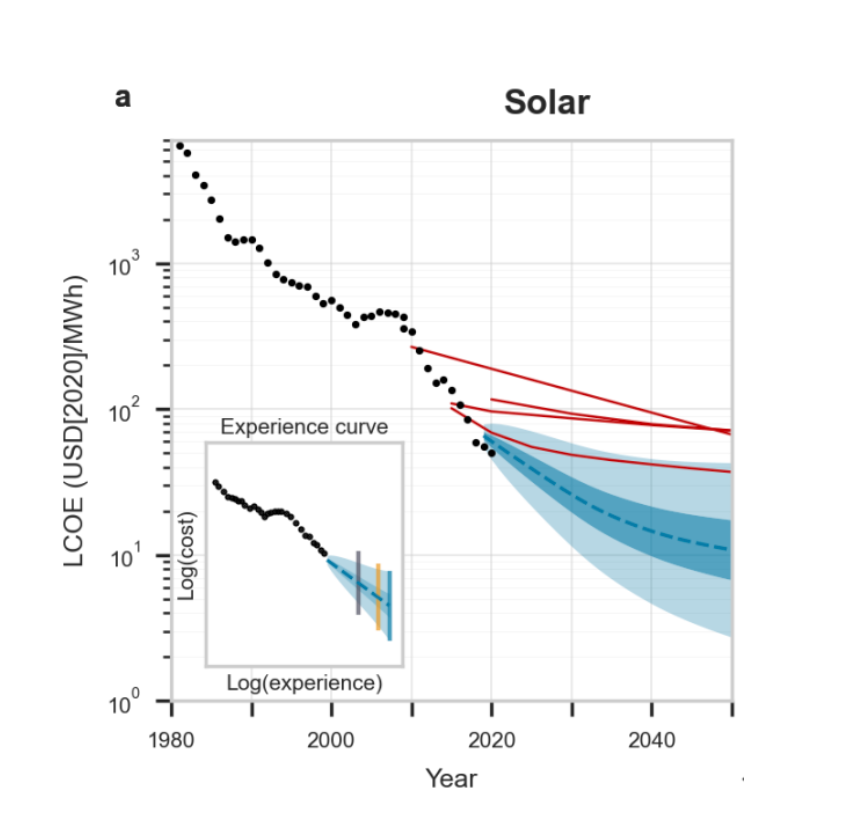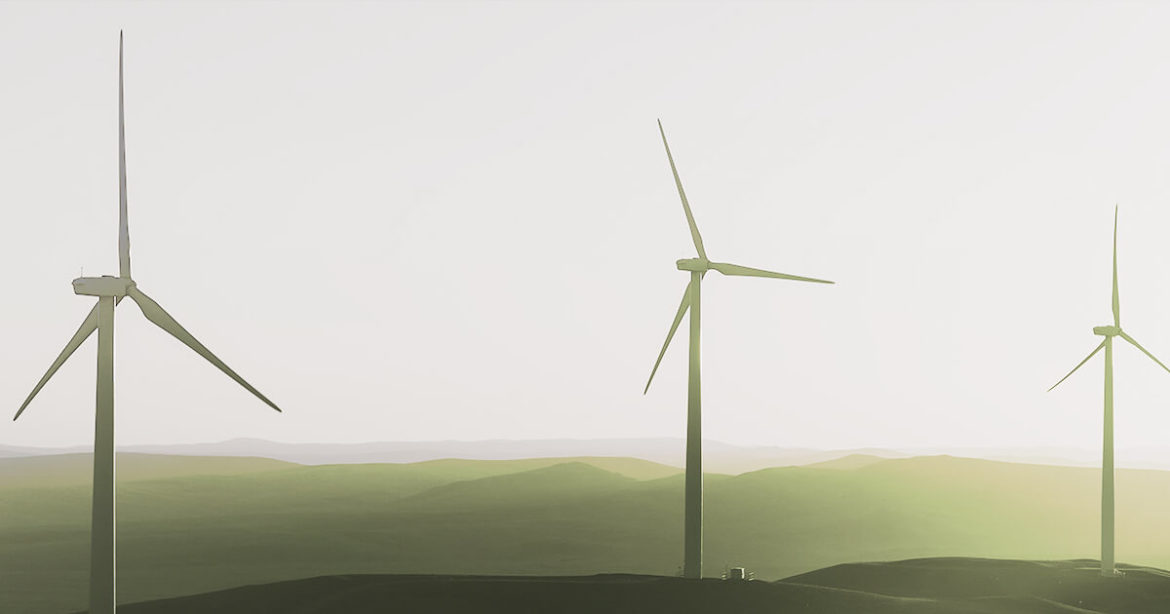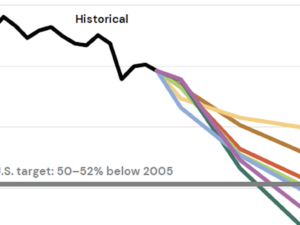Faster transitions to clean energy are also cheaper
By Dana Nuccitelli
Several clean energy technologies like solar panels have become consistently cheaper year after year as the industries have benefited from learning, experience and economies of scale. Falling solar costs are described by “Swanson’s Law,” much like Moore’s Law described the rapid and consistent progress in the semiconductor industry. Solar photovoltaic cells in 2019 cost about 85% less per watt than they had in 2010, for example. This raises the question: should we expect the cost of renewable energy technologies to stop falling and plateau?
That’s an assumption that many influential energy-economy modelers have made in the past, but they’ve been wrong every single time. For example, their analyses forecast on average that between 2010 and 2020 solar panel costs would fall by 2.6% annually. In reality, solar costs fell more than five times faster than that, at 15% per year.
According to a new working paper from the Institute for New Economic Thinking at Oxford, energy-economy modelers should update their assumptions to anticipate that the costs of key clean technologies will keep falling as their industries continue to benefit from deployment experience and Swanson’s Law. As the authors noted, the assumptions and forecasts from these models have important real-world impacts on energy decisions, economics, and climate change:
“Failing to appreciate cost improvement trajectories of renewables relative to fossil fuels not only leads to under-investment in critical emission reduction technologies, it also locks in higher-cost energy infrastructure for decades to come.”
More realistic assumptions
Many experts have called for energy economics modelers to find better approaches that will more accurately predict the future evolution of clean energy technologies. By assuming that clean energy costs will keep falling as the industries continue to benefit from learning and experience curves as the technologies are deployed, the Oxford study forecast that in 2050:
- Energy from solar panels will be about 66% to 86% cheaper than today, most likely 80% cheaper.
- Energy from wind turbines will be about 5% to 50% cheaper than today, most likely 30% cheaper.
- Lithium-ion batteries will be about 80% to 94% cheaper than today, most likely 90% cheaper.
- Producing “green hydrogen” by electrolyzing water (splitting water molecules into hydrogen and oxygen atoms, which can be done using renewable energy), will be about 60% to 97% cheaper than today, most likely 90% cheaper.

Unlike renewable energy, the costs of fossil fuels and the electricity they generate have remained essentially flat over the past many decades and are forecast to remain steady in the future as well. This is why a price on carbon is one of the most influential climate solutions — it would increase the price of fossil fuels and drive our economy toward these affordable, renewable options even faster than predicted.
Forecasting the cheapest energy pathway
Using these forecasts, the Oxford paper also projected how much global energy production would cost in three possible scenarios:
Scenario 1
A Fast Transition scenario in which renewable energy and storage technologies maintain their current deployment growth rates for a decade, replacing fossil fuels in two decades. In this scenario, short-term electricity storage is accomplished with batteries and most transportation shifts to electric vehicles. Long-term energy storage and hard-to-electrify applications are served by green hydrogen. Global energy system carbon dioxide pollution approaches zero by 2050, consistent with the Paris agreement of limiting global warming to 1.5–2°C above pre-industrial temperatures.
Scenario 2
A Slow Transition scenario in which current rapid deployment trends for renewables slow down immediately so that fossil fuels are phased out more slowly and continue to dominate until mid-century. Global energy system carbon dioxide pollution falls about two-thirds by 2060, which is likely too slow to meet the Paris guardrail of limiting global warming to less than 2°C above pre-industrial temperatures.
Scenario 3
A No Transition scenario in which the energy system remains similar to its current form and each source of energy grows proportionally. Global carbon dioxide pollution and temperatures continue to rise to potentially catastrophic levels in this scenario.
The Fast Transition scenario requires close to three times more electricity generation and storage in 2050 than the No Transition scenario to supply all the new electric vehicle and green hydrogen applications that currently use fossil fuels instead of electricity. But the Fast Transition scenario uses 40% less overall energy in 2050 than No Transition because electric technologies are usually much more efficient than burning fossil fuels, which produces a lot of waste heat.
Overall, the paper concluded that global energy costs from 2020 to 2070 in the Fast Transition scenario would be about $26 trillion cheaper than No Transition, and about $10 trillion cheaper than the Slow Transition scenario. In short, the faster we transition to cheap and efficient clean technologies, the more money we will save.
These numbers don’t account for the tens of trillions of dollars that would be saved by avoiding the worst climate damages and cleaning up other fossil fuel air pollution that’s harmful to public health. They also don’t account for potential savings from other clean technologies or energy efficiency measures that may advance rapidly in the future. As the authors conclude, “It is likely that the future costs of the renewable transition will be substantially lower than the estimates presented here…a greener, healthier and safer global energy system is also likely to be cheaper.”
Dana Nuccitelli is an environmental scientist and climate journalist with a Master’s Degree in physics. He has written about climate change since 2010 for Skeptical Science, for The Guardian from 2013 to 2018, and since 2018 for Yale Climate Connections. In 2015 he published the book “Climatology versus Pseudoscience”, and he has also authored ten peer-reviewed climate studies, including a 2013 paper that found a 97% consensus among peer-reviewed climate science research that humans are the primary cause of global warming.






